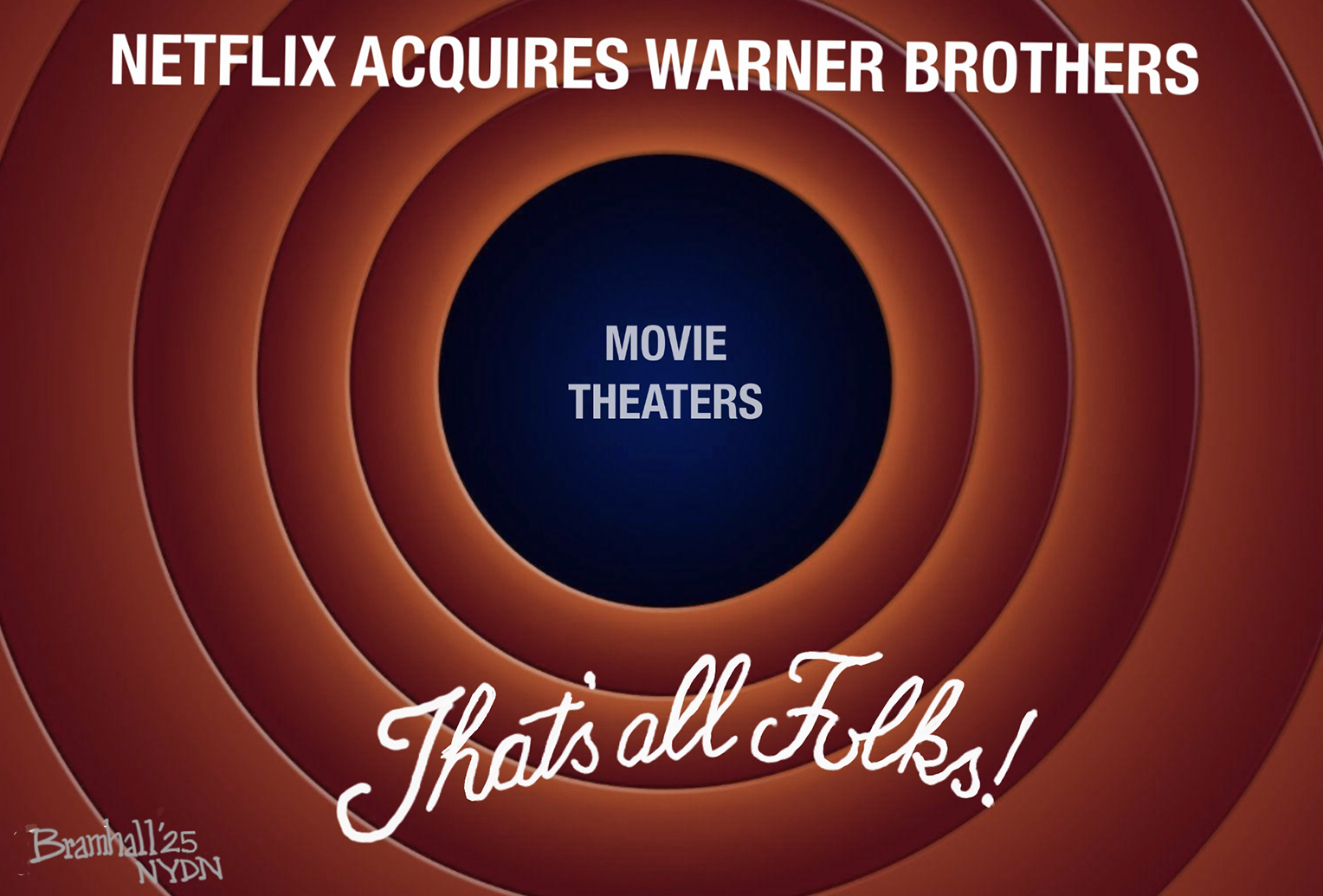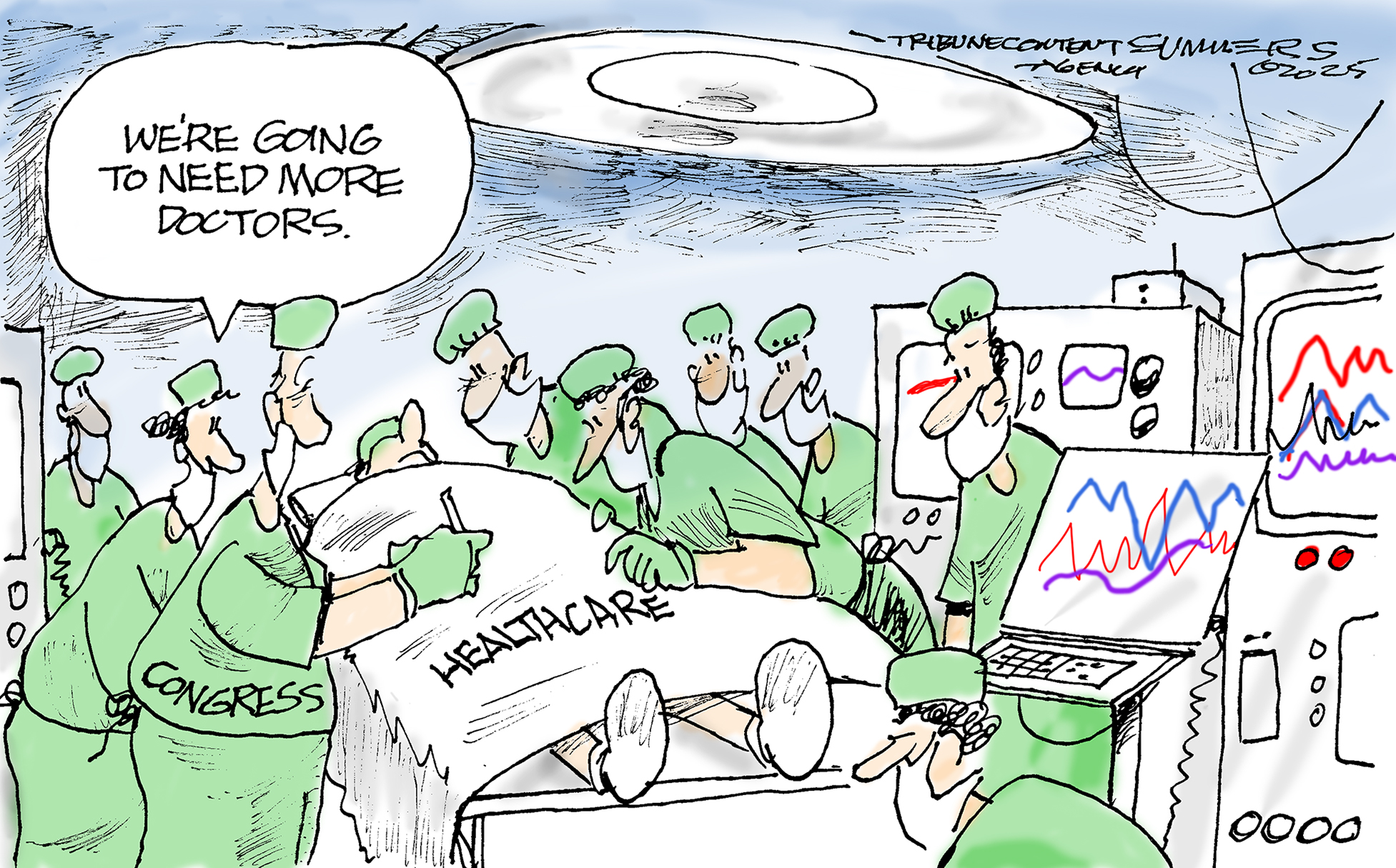Newtown: Violence, video games, and mental illness
It’s time to look hard at “America’s culture of violence,” including movies, music, and video games.
“It’s time to talk about guns,” said Nicholas Thompson in NewYorker.com, “but it’s also time to talk about a lot more.” After last week’s unimaginable massacre at Sandy Hook Elementary School in Newtown, Conn., where 20-year-old Adam Lanza shot dead 20 children, Americans must recognize that such violence isn’t the product of weak gun laws. “It’s much deeper than that.” It’s time to look hard at “America’s culture of violence,” including movies, music, and video games. The super-realistic shootings and explosions and fetishistic acts of vengeance that fill popular culture feed the fantasies of troubled loners, and even make blowing people away look like fun. Some of these video games look “just like police and military simulators” I’ve used, said former Army Ranger and police trainer Dave Grossman in Patch.com. Kids who amass points by mowing down waves of attackers learn the same kinds of “conditioned responses, killing skills, and desensitization” we teach to soldiers. If kids playing these games are emotionally disturbed, they can readily take these lessons into the real world, making battlefields of schools and malls.
Video games may feed violent fantasies, said David Kopel in The Wall Street Journal, but so do the news media. Part of what drives many of these atrocities is “the instant celebrity that a mass killer can achieve.” The media frenzy that follows every one of these attacks is not lost on troubled loners, who crave recognition of their suffering and a powerful expression of their rage. By going on a killing spree, they know, they will become famous anti-heroes, with their names and faces immortalized on every TV news program, newspaper, and website. If we want the massacres to stop, said Tim Berry in BusinessInsider.com, then all media outlets should simply agree to “not publish killers’ names or pictures,” the way they don’t publish those of rape victims.
There’s a more complex problem at the root of this, said Liza Long in HuffingtonPost.com, and it’s mental illness. I’m the mother of a brilliant 13-year-old boy who, much like Adam Lanza, cannot relate to people, and suffers inexplicable attacks of sudden, violent rage. He’s seen counselors and psychiatrists and takes “a slew of antipsychotic and mood-altering pharmaceuticals,” all to no avail. “This problem is too big for me to handle on my own,” yet the only options open to parents like me are to ask authorities to put our kids in jail or lock them up in a mental institution. “We don’t know yet if Adam Lanza was mentally ill, or whether a better system would have helped him,” said Rich Lowry in NationalReview.com. But Jared Loughner, who went on a shooting spree in Tucson, and James Holmes, who perpetrated the massacre in Aurora, Colo., clearly were schizophrenic. We need more psychiatric beds, and a better legal mechanism to compel people with serious mental illnesses to get treatment.
The Week
Escape your echo chamber. Get the facts behind the news, plus analysis from multiple perspectives.

Sign up for The Week's Free Newsletters
From our morning news briefing to a weekly Good News Newsletter, get the best of The Week delivered directly to your inbox.
From our morning news briefing to a weekly Good News Newsletter, get the best of The Week delivered directly to your inbox.
No single solution will suffice, said Andrew O’Hehir in Salon.com. Horrors like Sandy Hook are the product of “a toxic stew of legal, cultural, and psychological forces,” and if we’re to prevent future shootings, we need to address all of them. “Ultimate safety” is beyond our reach, said Michael Gerson in The Washington Post. But “this does not mean we are helpless.” The process of preventing another Sandy Hook begins with us finding our resolve. Whatever practical measures we take in the coming months, “the first, necessary response to the unacceptable is not to accept it.”
A free daily email with the biggest news stories of the day – and the best features from TheWeek.com
-
 5 loony toons about the Warner Bros. buyout
5 loony toons about the Warner Bros. buyoutCartoons Artists take on movie theaters, high quality cinema, and more
-
 Political cartoons for December 13
Political cartoons for December 13Cartoons Saturday's political cartoons include saving healthcare, the affordability crisis, and more
-
 Farage’s £9m windfall: will it smooth his path to power?
Farage’s £9m windfall: will it smooth his path to power?In Depth The record donation has come amidst rumours of collaboration with the Conservatives and allegations of racism in Farage's school days
-
Drones: Has the U.S. committed war crimes?
feature Two new reports from Amnesty International and Human Rights Watch are challenging the myth that drones kill only terrorists.
-
Pakistan: Was the U.S. betrayed by its ‘ally’?
feature Since 9/11 the U.S. has sent nearly $20 billion in aid to Pakistan, on the understanding that it would help us fight terrorism in the region.
-
Terrorism: The lessons of Times Square
feature After the bomb failed to explode, Faisal Shahzad managed to elude FBI agents and board a plane to Dubai, even though he’d been placed on the no-fly list.
-
Terrorism: Is Cheney winning the rhetoric war?
feature Cheney railed against the Obama's war policy last Sunday. Are the former vice president's arguments 'crazy' - or surprisingly logical?
-
Investigating torture: Should CIA agents take the blame?
feature Attorney General Eric Holder announced an investigation into whether 10 CIA agents went beyond Bush administration guidelines for “harsh interrogation;” White House officials will not be scrutinized.
-
The CIA’s secret plan: Did Cheney commit a crime?
feature Dick Cheney has come under scrutiny for ordering the CIA not to tell Congress about a post-9/11 plan to assassinate al Qaida operatives with paramilitary hit teams.
-
Death in Kansas: An act of domestic terrorism?
feature Scott Roeder, the anti-abortion activist who allegedly gunned down Dr. George Tiller in church, was no lone nut—his rage was shaped by Christian extremist groups, which actually exulted in the assassination.
-
Islamic justice: Turning a teddy bear into a crime
feature Muslims often wonder why so many non-Muslims are